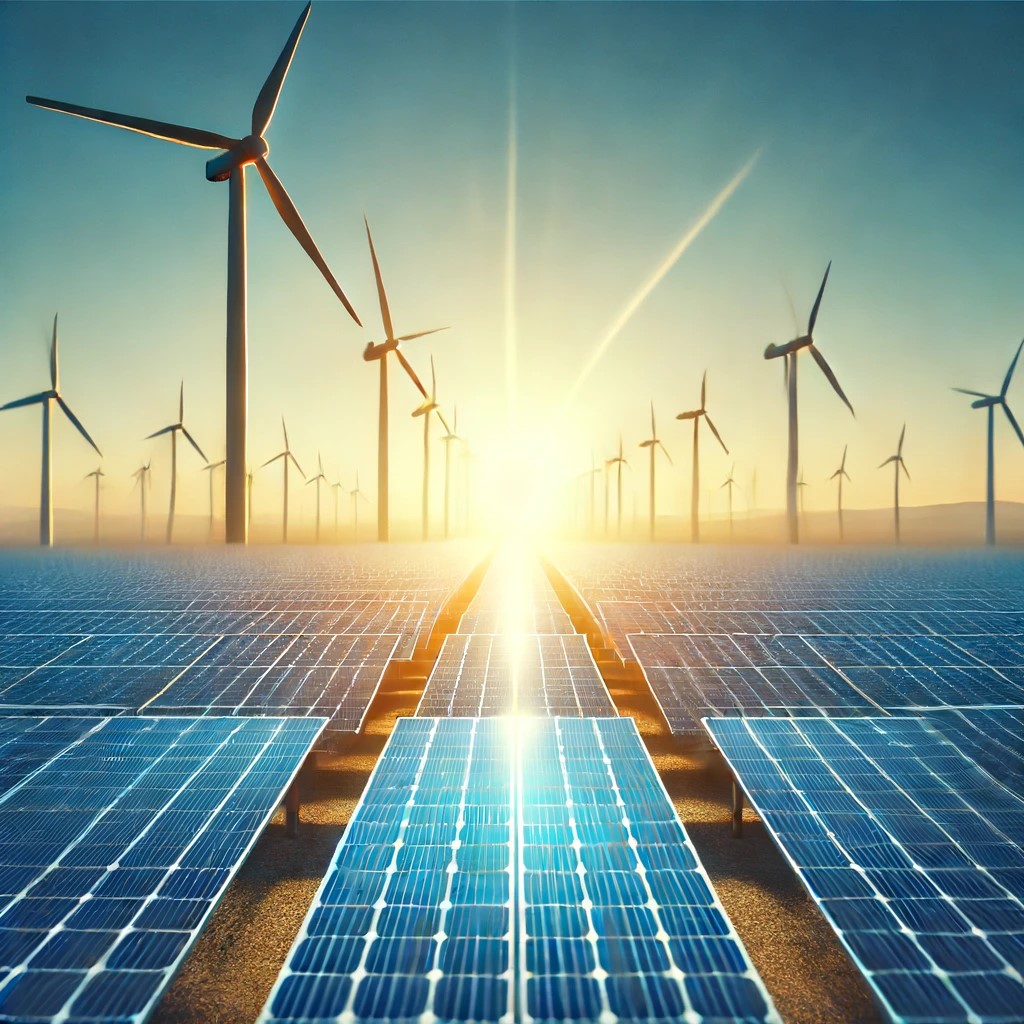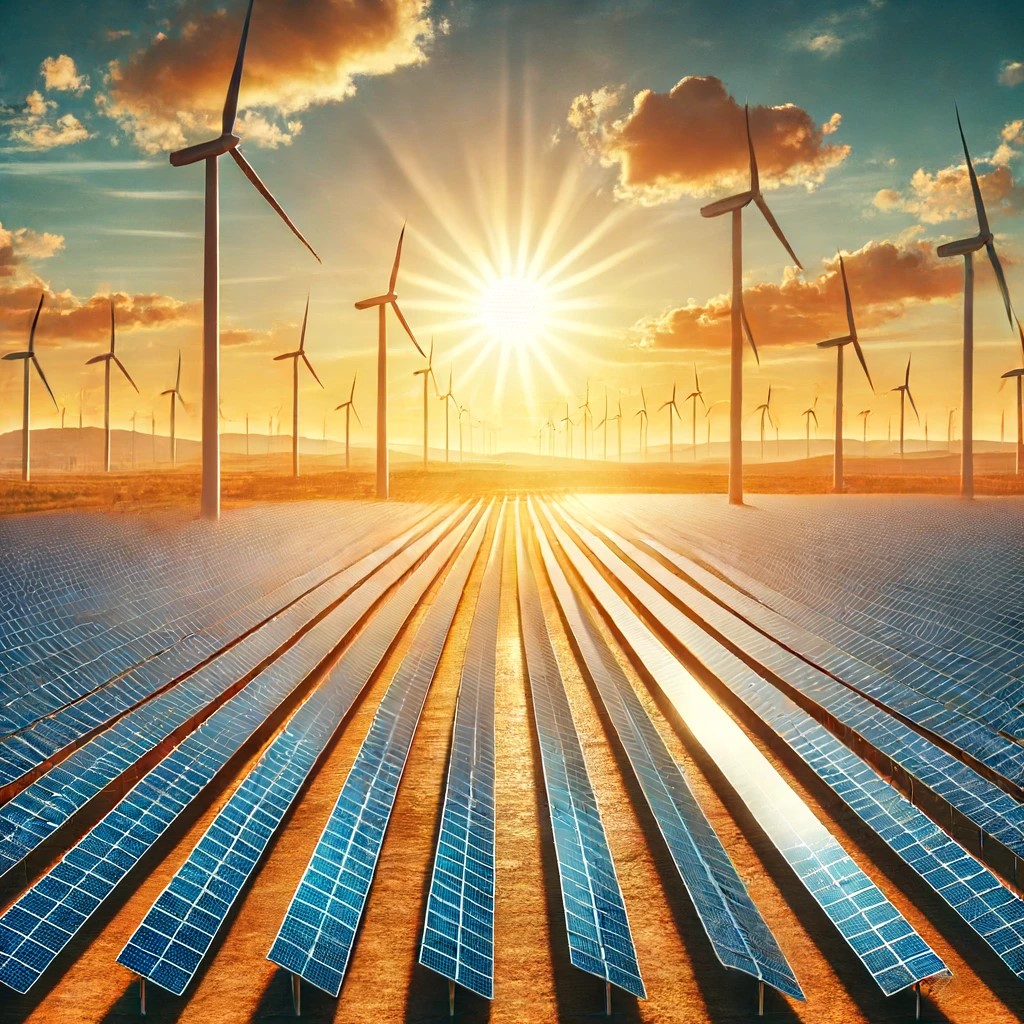The Impact of Renewable Energy Investments on Portfolios
Renewable energy investments have become a cornerstone of sustainable finance, reflecting the growing emphasis on environmental responsibility and long-term economic stability. As global efforts to combat climate change intensify, renewable energy sources such as solar, wind, and hydroelectric power are gaining traction among investors. This article explores the current trends in renewable energy investments and provides insights into future predictions, highlighting their impact on investment portfolios.

Current Trends in Renewable Energy Investments
Rising Demand for Sustainable Assets:
The demand for sustainable and environmentally responsible investments has surged in recent years. Institutional and retail investors alike are increasingly incorporating Environmental, Social, and Governance (ESG) criteria into their investment decisions. Renewable energy companies, which align well with ESG principles, are attracting significant capital as investors seek to mitigate climate risks and capitalize on the transition to a low-carbon economy.

Government Policies and Incentives:
Government policies and incentives play a crucial role in driving renewable energy investments. Many countries have implemented favorable policies, such as tax credits, subsidies, and renewable energy targets, to encourage the development and adoption of clean energy technologies. These measures create a supportive environment for renewable energy projects, enhancing their attractiveness to investors.
Corporate Commitments to Sustainability:
Corporations are increasingly committing to sustainability goals, including reducing carbon footprints and sourcing energy from renewable sources. These commitments are not only driven by regulatory requirements but also by consumer and shareholder expectations. Companies that invest in renewable energy can enhance their brand reputation and gain a competitive edge, making them attractive to sustainability-focused investors.
Future Predictions for Renewable Energy Investments
Expansion of Investment Opportunities:
As the renewable energy sector grows, so will the range of investment opportunities. Investors can expect to see a broader array of renewable energy projects, including offshore wind farms, large-scale solar installations, and advanced energy storage systems. Diversification within the renewable energy sector will provide investors with more options to tailor their portfolios to specific risk and return profiles.

Emergence of Green Bonds:
Green bonds, which are specifically designed to finance environmentally friendly projects, will continue to gain popularity. These bonds offer a fixed income investment option while supporting renewable energy initiatives. The growth of the green bond market will provide investors with additional avenues to participate in the renewable energy transition and support sustainable development.
Conclusion
Renewable energy investments are transforming the landscape of sustainable finance, offering promising opportunities for investors seeking to align their portfolios with environmental goals. The rising demand for sustainable assets, supportive government policies, technological advancements, and corporate commitments to sustainability are driving the growth of the renewable energy sector. Looking ahead, the expansion of investment opportunities, integration of renewable energy in traditional portfolios, emergence of green bonds, and focus on energy storage and grid integration will shape the future of renewable energy investments. As the world transitions to a low-carbon economy, renewable energy investments will play a pivotal role in creating a sustainable and resilient financial future.
(Writer:Tommy)





